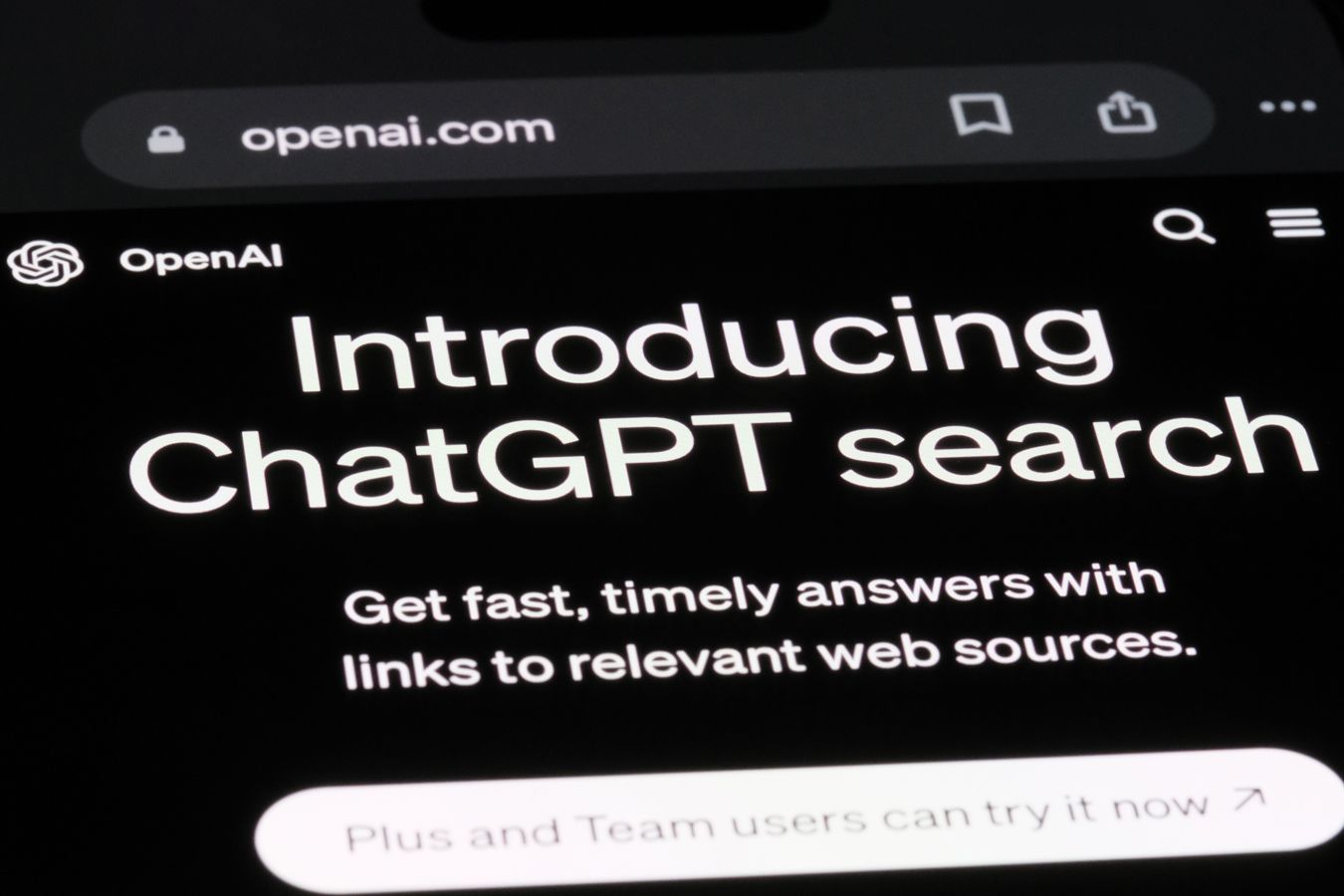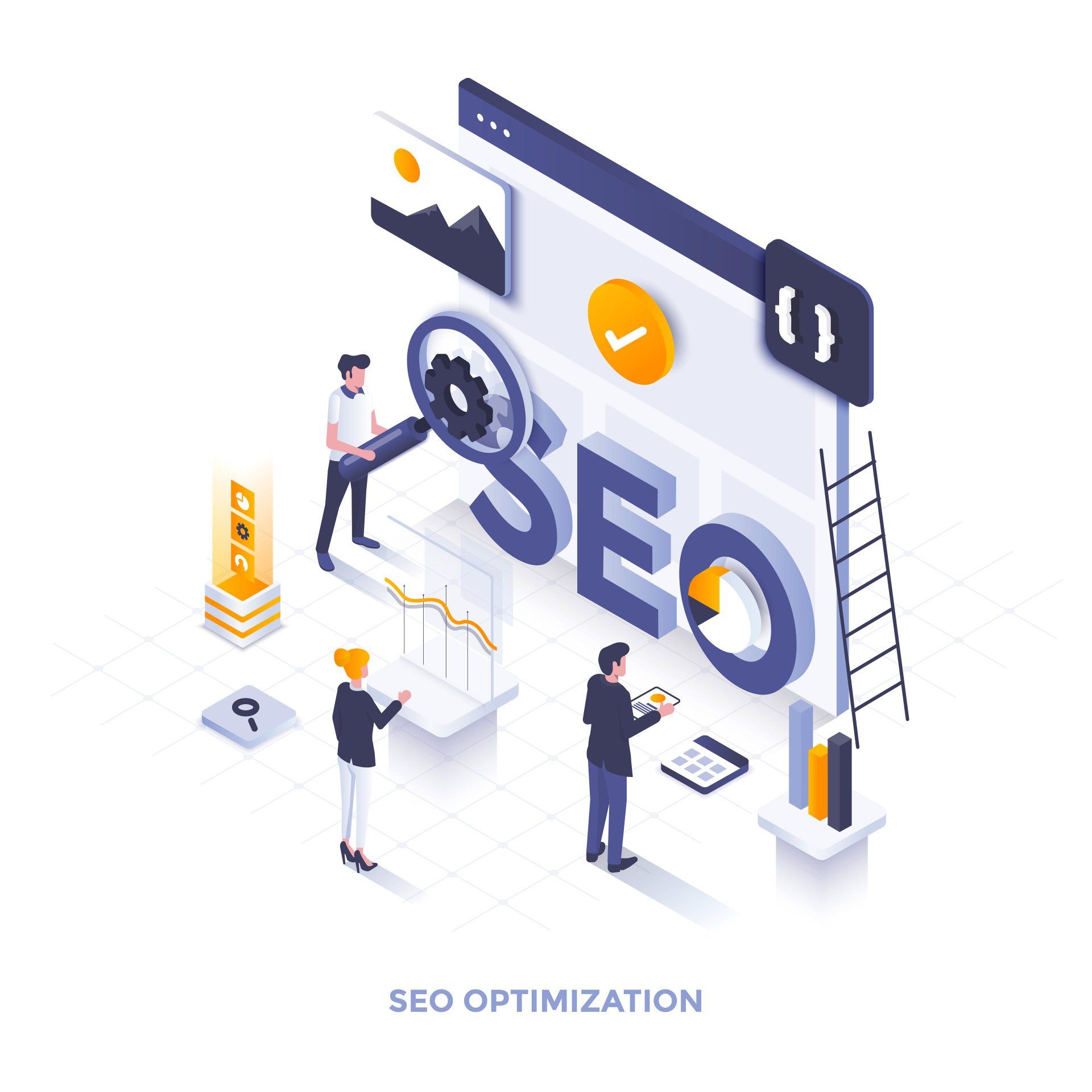Google Expands AI Overviews to 100 Countries What It Means for Your Brand
April 1, 2025
Google has rolled out its AI Overview feature to over 100 countries, delivering instant, AI-powered answers to more than a billion questions. This marks a shift from traditional search—where users sift through multiple links—to AI-driven search, where direct, conversational answers are provided in real time.
As AI-powered search tools like ChatGPT and Google’s AI Overviews grow, brands must adapt. To stay visible, businesses need to structure their data in a way that AI can easily pull into search results. Here’s how to ensure your brand thrives in this new search landscape.
Key Takeaways
✅ AI-driven search is the future – Structured, reliable data is replacing traditional SEO tactics.
✅ A Knowledge Graph boosts visibility – Organizing your business information properly helps AI find and surface your brand.
✅ Conversational content wins – AI prioritizes natural, helpful responses over keyword stuffing.
Why Structured Data is Key to AI Search
Unlike traditional search engines that rank websites and present links, AI-driven tools deliver instant answers by pulling data from structured, trusted sources. To make sure your business is part of this AI revolution, your data needs to be well-organized, accurate, and easy for AI to access.
How to Get Your Brand into Google’s AI Overviews
1. Create AI-Friendly Content
Google prioritizes brands that demonstrate Experience, Expertise, Authoritativeness, and Trustworthiness (E-E-A-T) in their content. To improve your visibility:
✅ Update FAQs to answer common customer questions.
✅ Optimize product descriptions with clear, direct explanations.
✅ Use customer reviews to reinforce key selling points.
✅ Build location-specific content to target relevant local searches.
💡 Pro Tip: Instead of just saying “Best Italian restaurant,” create content that answers conversational searches like: “Where’s the best Italian restaurant with outdoor seating in Boston?”
2. Structure Your Data with a Knowledge Graph
A Knowledge Graph (KG) is a structured database that connects all key details about your brand—locations, services, hours, customer reviews—into a single, accurate source. AI-driven search engines pull directly from KGs to provide quick, reliable answers.
3. Keep Your Data Accurate and Consistent
AI tools rely on trustworthy data. If your business details vary across platforms, Google’s AI may ignore your brand in search results.
✅ Regularly audit business hours, services, and product information.
✅ Keep location details up to date on Google, Yelp, and local directories.
✅ Ensure reviews and testimonials are current and relevant.
4. Adapt to Conversational Search Trends
AI-driven tools prioritize real, conversational language over traditional SEO keywords. Structure your content around how people actually search, such as:
🔹 Traditional Search: “Best roofer in Boston”
🔹 AI Search: “Who's the best roofing contractor in Greater Boston?”
By aligning your content with natural queries, your brand will be more likely to surface in AI-generated results and connect with customers in real time.
5. Optimize Your Website for AI Readiness
AI-powered search prioritizes fast, structured, and mobile-friendly websites. To improve your brand’s chances of appearing in Google’s AI Overviews:
✅ Ensure fast loading times (Core Web Vitals).
✅ Use structured data (schema markup) to make information AI-friendly.
✅ Implement mobile-first design for a seamless user experience.
The Future of Search is AI-Driven—Are You Ready?
Google’s expansion of AI Overviews to 100+ countries signals a major shift in how brands connect with customers. Businesses that adapt—by structuring data, optimizing content for AI, and embracing conversational search—will dominate in this new era.
Want to future-proof your brand for AI search? Juuced Marketing can help you optimize your digital presence and stay ahead of the competition. 🚀










